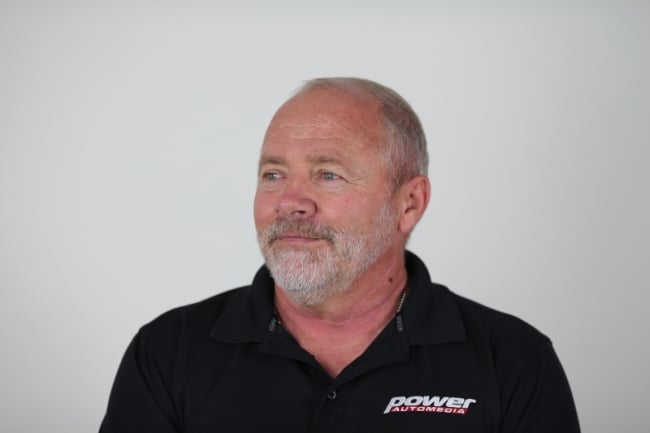First, let’s talk a little bit about the presenter in the video. Bill McKnight has been with MAHLE Clevite for 32 years, and he has a Masters degree in Education. McKnight was in charge of and taught engine rebuilding at Dana’s engine rebuilding school, and has been involved with motorsports and engine builders at the highest level – you could even say stratosphere level.
He’s given numerous industry presentations on engine bearings and regularly consults with performance engine builders across the USA. His motto is: “The job of an educator is to make the complicated seem simple.” It’s pretty safe to say that Mr. McKnight is one of the most knowledgeable engine bearing authorities on the planet, and a mentor to some of us here.
In this video, Bill addressees what he calls, “one of the most common questions” that he gets weekly. What do the markings on the back of an engine bearing mean?
McKnight breaks it down into clear terms with examples of each set of markings. From these markings, there is a lot of information that can aid the engine builder. For example, the first set of codes that almost everyone sees and is familiar with, it the Clevite part number. Knowing what this is will help your engine builder order a replacement part, or give them the information needed to compare the original size to what is needed now. Basically, it can let the builder know how much wear has taken place.
In this case, the bearing displayed in the video has part number CB1663H. The CB indicates these are connecting rod bearings (NOT Clevite Bearings). Main bearings are identified as MB for individual bearings and MS for a main bearing set.
Piston pin bushings are identified with numbers from 223-3000 and camshaft bearings are marked with an SH before the part number. The 1663 identifies the basic part number.
The suffix code “H” indicated that these bearings were developed for NASCAR racing but now they are acceptable in almost all types of competition engines. They’re especially good for engines that run at medium-to-high rpm. Designed with hardened-steel backings with thin overlays and a high crush factor, plus a medium level of eccentricity, the H-Series bearings have enlarged chamfers at the sides for greater crank-fillet clearance and are made without flash plating for better seating in these competition engines.

Date codes stamped into the bearing shell. These dates on the old bearings can tell you a lot about the engine.
Other suffix codes used by Clevite are:
- -AL: Aluminum alloy or seal backed with an aluminum alloy lining
- -B: steel or bronze backed with a babbitt lining
- -C: steel backed with copper lead lining
- -G: Steel backed with TriMetal copper lead matrix
- -F: Flanged bearing
- -M: Steel backed with micro babbitt lining
- -P: Steel backed intermediated layer of TriMetal copper-lead alloy with a .001-inch electroplated lead-tin overlay
- -S: Indicates “Set”
- -W: Indicates a thrust washer. WL is lower thrust washer and WU is an upper thrust washer
McKnight goes on to explain how knowing the date code on the bearing can tell you information about the engine itself. For example, if the date code on the engine reflects a date of July-2004, and your engine was originally built in 1996, it is reasonable to assume that the engine has been rebuilt at least once since new.

The size is stamped on the bearing halves now. Prior to this, the sizes were written on the bearing halves in ink that was easily washed away by the engine oil.
For more information about engine bearings or any of the other products made by MAHLE-Clevite, visit them at www.us.mahle.com


















